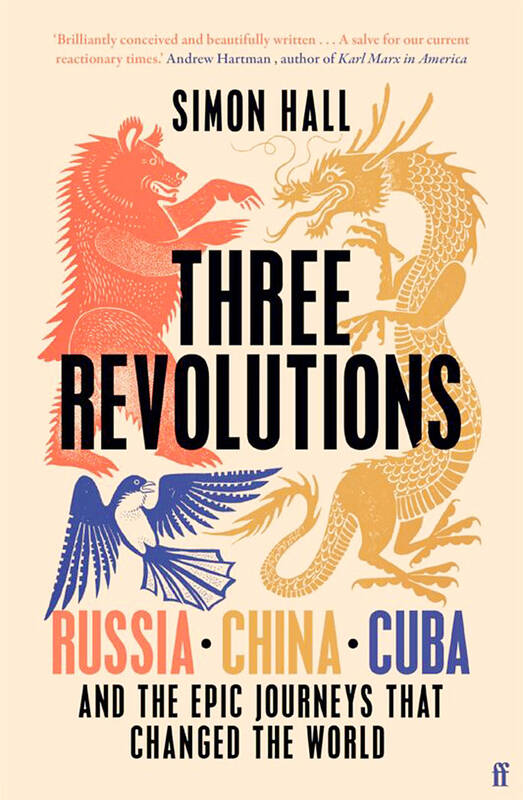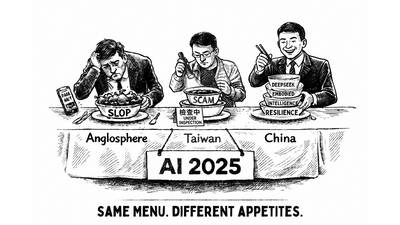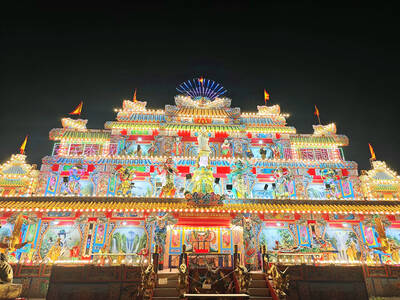If the word “revolution” implies, etymologically, a world turned around, then what unfolded in Russia in 1917 was just that. Everything changed. Old-school deference was dead; the proletariat was in power.
The communist American journalist John Reed was there to witness the contretemps that captured the suddenness of the change.
Reed had the zeal of the convert. Born into a pig-iron fortune in Oregon, he rebelled against his preppy upbringing by embracing the bohemia of Greenwich Village. Thereafter, he was fired up by the silk weavers’ strike in New Jersey in 1913. Four years later, a sense of adventure and a folie a deux with his socialist wife Louise Bryant took them to Saint Petersburg (then Petrograd), where they witnessed the revolution’s great set pieces first-hand.

Warren Beatty’s portrayal of him as a true believer in the biopic Reds, leafleting and dodging bullets, got him down to a tee. So it was hardly surprising that he was faced with sedition charges on his return. He was indicted for violating the Espionage Act for inveighing against US entry into WWI. Hounded out of his homeland, he fled to Russia and died of typhus, aged 32; no medicines were available on account of the Western blockade of the Russian Civil War.
Reed’s is one of six lives served up by historian Simon Hall in his new book. Three of them are revolutionaries — Vladimir Lenin, Mao Zedong (毛澤東) and Fidel Castro — and three are American journalists who filed stories from the frontlines of the Russian, Chinese and Cuban revolutions, respectively: Reed, Edgar Snow and Herbert Matthews. These are unexpected pairings, chosen, one presumes, for their convenience in enabling Hall to reconstruct his three very foreign societies with the help of a largely monoglot bibliography.
The conceit is to chronicle the journeys that represented turning points in 20th-century history. In Lenin’s case, it was his return to Russia from Swiss exile in April 1917. Something of a party pooper, he maintained that the February Revolution that overthrew the tsar wasn’t the real deal. In good time, his comrades came around, and that’s how we got the Russian Revolution.
In China, meanwhile, the Long March of 1934-5 was a desperate retreat. It was also a lesson in geography and endurance. On the run from the Chinese Nationalist Party’s (KMT) Chiang Kai-shek (蔣介石), who was working with Hitler’s general Hans von Seeckt, some 90,000 troops and persecuted communists made the 9,000-kilometer trek from the Jiangxi Soviet in the south to Yan’an in the north. Only about 6,000 survived, and Mao emerged as their leader.
For his part, Castro returned to Cuba from Mexico in 1956 aboard the Granma, “a creaking, leaking leisure yacht.” As one companero put it, it was not so much a landing as a shipwreck. Not all of them managed to negotiate the mangrove thickets of Playa Las Coloradas and Fulgencio Batista’s strafing planes, but Castro did. Three years later, he toppled the dictator.
Hall’s tired trot through the three coups is less interesting than the three scoops he describes. Besides Reed’s, we have the midwestern ad man turned journalist Edgar Snow’s. He spent four months swimming and playing tennis with Mao’s guerrillas in Bao’an, writing up the experience gushingly in Red Star Over China. Zhou Enlai (周恩來), wrote Snow, was “every inch an intellectual,” Mao a “gaunt, rather Lincolnesque figure,” and the comrades “the freest and happiest Chinese I had known.”
Hall says that Red Star Over China was “no crass work of propaganda.” But it was. Snow would have known about Mao’s purges in the Jiangxi Soviet from 1931-36, in which, it was later revealed, 700,000 people perished.
Herbert Matthews of the New York Times was equally starstruck by his subject. Here he is on Castro, whom he met in the Sierra Maestra mountains in 1957: “This was quite a man — a powerful six-footer, olive-skinned, full-faced with a straggly beard.” What’s more, Castro was “not only not Communist but decidedly anti-Communist.” Matthews’ dispatches went a long way in swaying American opinion against Batista’s dictatorship, but needless to say, some of the more confident pronouncements about Castro’s politics aged badly.
Hall’s potted narratives trundle along, absorbing rich period and cultural details. His strengths lie in storytelling, not history-writing, which is to say he is more at home with description than analysis. But there lies the rub. Unlike Reed, Snow and Matthews, he is writing at one remove. This necessitates extensive quotation and, worse, lengthy paraphrases that are inevitably weaker than the lapidary originals.

Jan. 5 to Jan. 11 Of the more than 3,000km of sugar railway that once criss-crossed central and southern Taiwan, just 16.1km remain in operation today. By the time Dafydd Fell began photographing the network in earnest in 1994, it was already well past its heyday. The system had been significantly cut back, leaving behind abandoned stations, rusting rolling stock and crumbling facilities. This reduction continued during the five years of his documentation, adding urgency to his task. As passenger services had already ceased by then, Fell had to wait for the sugarcane harvest season each year, which typically ran from

It’s a good thing that 2025 is over. Yes, I fully expect we will look back on the year with nostalgia, once we have experienced this year and 2027. Traditionally at New Years much discourse is devoted to discussing what happened the previous year. Let’s have a look at what didn’t happen. Many bad things did not happen. The People’s Republic of China (PRC) did not attack Taiwan. We didn’t have a massive, destructive earthquake or drought. We didn’t have a major human pandemic. No widespread unemployment or other destructive social events. Nothing serious was done about Taiwan’s swelling birth rate catastrophe.

Words of the Year are not just interesting, they are telling. They are language and attitude barometers that measure what a country sees as important. The trending vocabulary around AI last year reveals a stark divergence in what each society notices and responds to the technological shift. For the Anglosphere it’s fatigue. For China it’s ambition. For Taiwan, it’s pragmatic vigilance. In Taiwan’s annual “representative character” vote, “recall” (罷) took the top spot with over 15,000 votes, followed closely by “scam” (詐). While “recall” speaks to the island’s partisan deadlock — a year defined by legislative recall campaigns and a public exhausted

In the 2010s, the Communist Party of China (CCP) began cracking down on Christian churches. Media reports said at the time that various versions of Protestant Christianity were likely the fastest growing religions in the People’s Republic of China (PRC). The crackdown was part of a campaign that in turn was part of a larger movement to bring religion under party control. For the Protestant churches, “the government’s aim has been to force all churches into the state-controlled organization,” according to a 2023 article in Christianity Today. That piece was centered on Wang Yi (王怡), the fiery, charismatic pastor of the